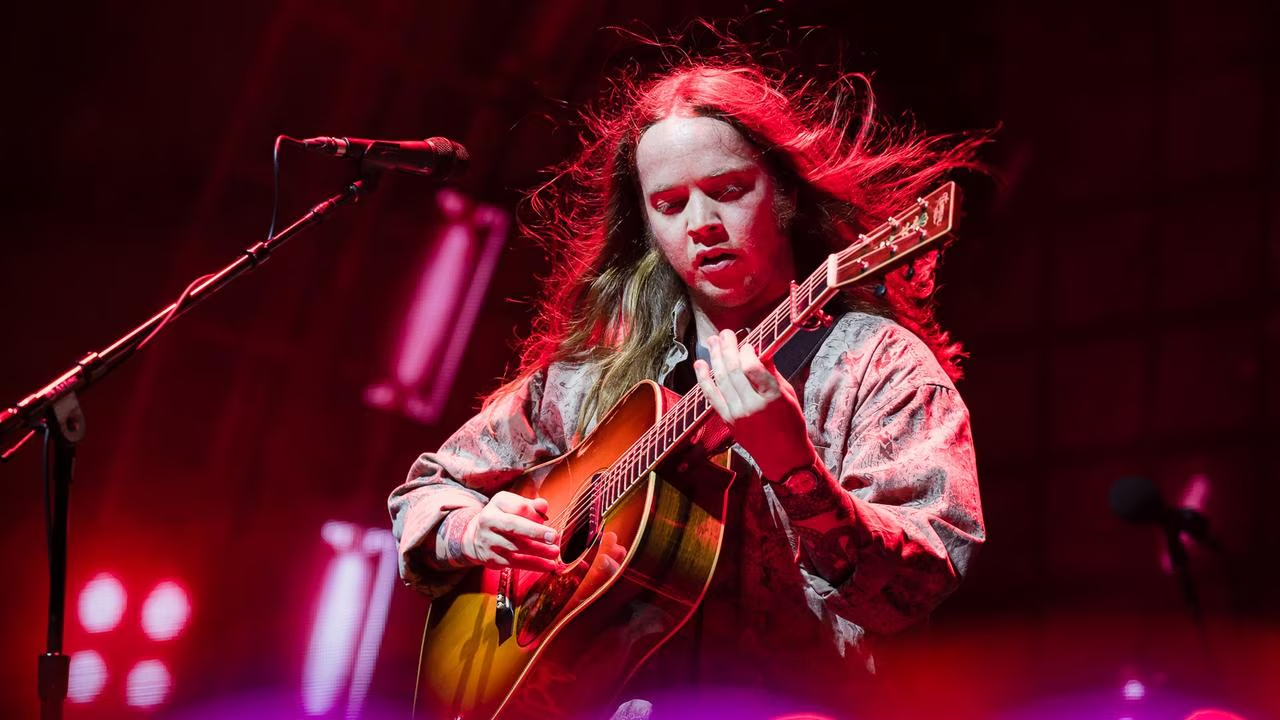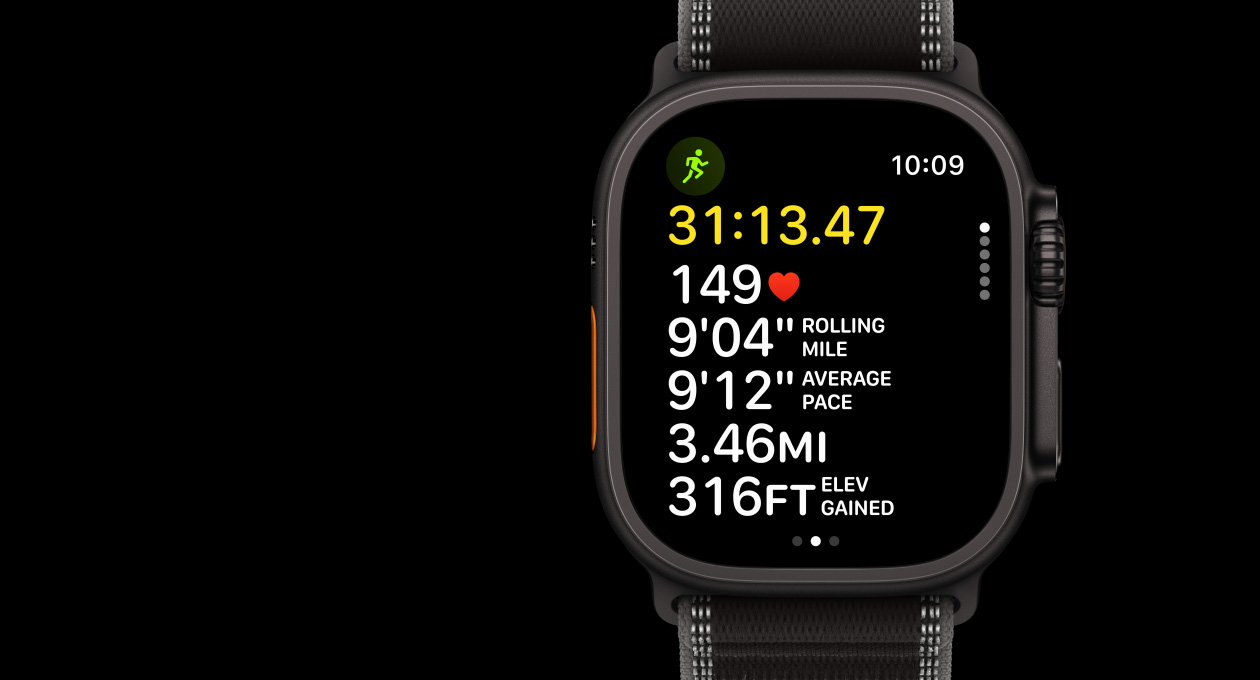The primal beat of a drum echoes through time, connecting us to ancient wisdom and spiritual traditions that have used percussion for millennia to heal, transform, and elevate human consciousness.
Across every continent and culture, ritual drums and percussion ceremonies have served as sacred bridges between the physical and spiritual realms. From the shamanic journeys of indigenous peoples to modern therapeutic practices, the rhythmic patterns of drums create powerful shifts in consciousness, facilitate emotional release, and foster profound healing experiences that words alone cannot achieve.
🥁 The Ancient Roots of Ceremonial Drumming
Archaeological evidence suggests humans have been using drums in spiritual ceremonies for at least 8,000 years. Ancient civilizations recognized what modern neuroscience is now confirming: rhythmic percussion has measurable effects on brain activity, heart rate, and emotional states.
Indigenous cultures worldwide developed sophisticated drumming traditions. Native American tribes used frame drums and water drums in healing ceremonies. African communities created complex polyrhythmic patterns for spiritual invocation. Asian traditions incorporated percussion into meditation and temple rituals. These weren’t merely musical expressions—they were technologies for consciousness exploration.
The drum itself often held sacred status. Many traditions viewed drums as living beings, crafted with intention and blessed through ceremony. The materials—wood, animal hide, and natural fibers—connected the instrument to the earth’s elements, creating a physical embodiment of universal energy.
The Science Behind Rhythmic Entrainment 🧠
Modern research validates what ancient practitioners intuitively understood. Rhythmic drumming induces what scientists call “brainwave entrainment”—the synchronization of neural oscillations to external rhythmic stimuli.
When we listen to steady drum beats, particularly at frequencies between 4-7 Hz, our brain waves naturally align with these patterns. This frequency range corresponds to the theta state, associated with deep meditation, enhanced creativity, and access to subconscious material. Clinical studies have documented measurable shifts in brain activity during drumming sessions, including:
- Increased alpha waves promoting relaxation and reduced anxiety
- Enhanced theta activity facilitating meditative states and emotional processing
- Improved synchronization between brain hemispheres
- Release of endorphins and other neurochemicals associated with well-being
- Reduction in stress hormones like cortisol
This neurological response explains why drumming feels so profoundly centering. The rhythm literally reorganizes our brain activity, creating coherence and harmony at a fundamental physiological level.
Types of Ritual Drums Across Cultures 🌍
Different traditions have developed distinct drumming instruments, each with unique tonal qualities and ceremonial purposes.
Frame Drums and Hand Drums
These versatile instruments appear in traditions from the Middle East to the Americas. The Native American pow-wow drum creates powerful bass frequencies that participants describe as the “heartbeat of Mother Earth.” Middle Eastern frame drums like the bendir and tar produce crisp, articulate tones perfect for complex rhythmic patterns. Irish bodhráns and ocean drums offer varied textures for different ceremonial needs.
Djembe and West African Drums
The djembe’s remarkable tonal range—from deep bass to sharp slaps—makes it ideal for both solo and ensemble work. West African drumming traditions use intricate polyrhythms where multiple drum patterns interlock, creating hypnotic effects that facilitate trance states and communal bonding.
Shamanic and Medicine Drums
These drums typically feature simple construction with profound spiritual significance. Siberian shamans use oval frame drums to “journey” to other realms. South American traditions incorporate ayahuasca ceremonies with specific drumming patterns that guide the experience. The simplicity allows the drummer to focus entirely on intention and energy rather than technical complexity.
Asian Temple Percussion
Taiko drums in Japanese temples, Tibetan damaru drums, and various gongs and singing bowls create sonic environments that support meditation and spiritual practice. These instruments often produce sustained overtones that continue vibrating long after the initial strike, creating layers of sound that envelope participants.
Creating Sacred Space Through Percussion Ceremonies ✨
Effective ceremonial drumming extends beyond simply playing rhythms. It requires intentional preparation, mindful facilitation, and respectful closing.
Setting Intention and Preparation
Traditional practitioners emphasize beginning with clear intention. What healing, insight, or transformation is being sought? Creating physical sacred space matters too—arranging the environment thoughtfully, perhaps with candles, natural elements, or meaningful objects. Smudging with sage or other purifying practices helps participants transition from ordinary consciousness into ceremonial space.
The Opening Invocation
Many traditions begin with invocations calling in ancestral wisdom, spirit guides, or directional energies. Even in secular contexts, a moment of silence or group intention-setting helps participants align their energy and presence. The first drum beats carry special significance, announcing the ceremony’s beginning and inviting participants to release everyday concerns.
Building the Rhythmic Journey
Ceremonial drumming typically follows an arc. It might begin slowly, allowing participants to ground and center. The tempo gradually increases, building energy and facilitating emotional release. Peak moments might feature intense, driving rhythms that push participants beyond their usual mental boundaries. Finally, the rhythm slows, integrating the experience and gently returning participants to ordinary consciousness.
Closing and Integration
Proper closing is essential. Abruptly ending an intense drumming ceremony can leave participants feeling ungrounded or disoriented. Gradual deceleration, followed by silence, allows integration. Many facilitators include sharing circles where participants can express their experiences, further processing and anchoring insights gained during the ceremony.
🌟 Healing Applications of Ritual Drumming
Contemporary therapeutic practices increasingly incorporate percussion-based interventions, validating traditional healing approaches with clinical outcomes.
Trauma Recovery and PTSD
Rhythmic drumming helps trauma survivors reconnect with their bodies in safe, empowering ways. The predictable patterns provide containment and security, while the physical engagement releases stored tension. Group drumming circles create supportive community—crucial for healing interpersonal trauma. Veterans’ programs using drumming report significant reductions in PTSD symptoms, improved sleep, and enhanced emotional regulation.
Depression and Anxiety Treatment
Clinical studies demonstrate drumming’s effectiveness for mood disorders. The combination of physical activity, rhythmic entrainment, and creative expression addresses depression from multiple angles. Participants report feeling more energized, connected, and hopeful after drumming sessions. For anxiety, the focused attention required and the grounding effect of steady rhythms provide immediate relief.
Addiction Recovery
Many addiction treatment programs now include drumming circles. The practice offers healthy ways to alter consciousness, replacing substance-induced states with naturally-occurring transcendent experiences. The community aspect combats isolation—a major relapse factor. Creating rhythm together builds trust, accountability, and belonging.
Chronic Pain Management
Counterintuitively, engaging with percussion can reduce pain perception. The drumming experience shifts attention away from discomfort while promoting endorphin release. The vibrations themselves may have therapeutic effects on tissues and nervous system functioning. Patients with fibromyalgia, arthritis, and other chronic conditions report decreased pain intensity and improved quality of life through regular drumming practice.
Individual Practice: Developing Your Own Rhythm 🎵
While group ceremonies offer unique benefits, personal drumming practice cultivates individual spiritual connection and self-healing capabilities.
Choosing Your Drum
Select an instrument that resonates with you—literally and metaphorically. Visit music stores and try different drums, noticing which tones feel most centering. Consider your intentions: hand drums offer intimate connection, while larger drums provide fuller body engagement. Don’t overlook simple percussion like rattles, shakers, or even found objects that create pleasing rhythms.
Establishing Regular Practice
Consistency matters more than duration. Even five minutes daily creates cumulative benefits. Establish a dedicated space and time. Morning drumming energizes and sets positive intention for the day. Evening sessions release accumulated stress and facilitate transition into rest. Some practitioners drum during life transitions, processing emotions through rhythm rather than words.
Basic Techniques for Spiritual Connection
Start with simple, steady beats—heartbeat rhythms around 60-80 beats per minute. Focus on the sound and sensation, allowing thoughts to fade. As you develop comfort, explore variations in tempo, volume, and tone. Listen deeply to what emerges organically rather than imposing predetermined patterns. Your intuitive rhythm carries personal medicine.
Journaling and Integration
Keep notes about your drumming experiences. What emotions arose? What images or insights appeared? Physical sensations? Over time, patterns emerge revealing your personal symbolic language. This awareness deepens subsequent sessions, creating feedback loops of expanding consciousness and healing.
Facilitating Percussion Ceremonies for Others 🤝
Leading group drumming requires additional considerations beyond personal practice.
Developing Facilitation Skills
Effective facilitators balance structure with spontaneity. They read the group’s energy, adjusting rhythms and intensity accordingly. Training through workshops, mentorship with experienced facilitators, and studying various cultural traditions builds necessary competence. Understanding trauma-informed practices ensures safety for vulnerable participants.
Creating Inclusive Spaces
Make ceremonies accessible regardless of musical experience or physical ability. Emphasize that there’s no “wrong” way to participate. Provide various percussion instruments so everyone finds something comfortable. Some participants might prefer rattles over drums, or simply listening rather than playing. Honor all forms of engagement.
Ethical Considerations
Cultural appropriation concerns require thoughtful navigation. If drawing from specific traditions, acknowledge their origins respectfully. Seek permission and guidance from cultural holders when appropriate. Avoid commercializing sacred practices or claiming authority you haven’t earned. Approach teaching with humility, positioning yourself as a facilitator of others’ experiences rather than a guru.
Managing Intense Experiences
Powerful ceremonies sometimes trigger intense emotional releases—crying, shaking, or profound insights. Prepare to hold space compassionately for these experiences without trying to “fix” or prematurely calm participants. Have support people available. Ensure private spaces for anyone needing a break. Follow up with participants who had particularly intense experiences.
🔮 Integrating Drumming with Other Spiritual Practices
Percussion naturally complements various spiritual paths, enhancing their effectiveness.
Meditation and Mindfulness
Using drumming as meditation focus sharpens concentration while providing sensory engagement that some find easier than silent sitting. The rhythm becomes an anchor similar to breath awareness. Tibetan and Japanese Buddhist traditions have long incorporated percussion into meditative practices.
Movement and Dance
Combining drumming with conscious movement amplifies both practices. Ecstatic dance communities often feature live drumming. The synergy between rhythm and embodied expression facilitates profound release and joy. Participants describe accessing states of pure presence where self-consciousness dissolves into pure experience.
Vocal Toning and Chanting
Layering voice work with percussion creates rich sonic landscapes. The drum provides grounding foundation while voice adds melodic and emotional dimensions. Many traditions combine these elements—African ceremonies with call-and-response singing, Native American songs accompanied by frame drums, or Sufi dhikr with percussion.
Plant Medicine Ceremonies
Indigenous traditions often include drumming in ayahuasca, peyote, or mushroom ceremonies. The rhythm helps guide journeyers through challenging passages and anchors them during overwhelming experiences. The consistent beat provides reassurance and structure when internal landscapes become unfamiliar or frightening.
Modern Applications and Digital Resources 📱
Technology offers new ways to explore and learn rhythmic practices, though it complements rather than replaces hands-on experience.
Various apps provide metronomes with world rhythm patterns, guided drumming meditations, and learning resources for specific traditions. Online communities connect practitioners globally, sharing techniques and organizing virtual drum circles. Video tutorials make diverse cultural approaches accessible to interested students.
However, the full transformative potential of drumming emerges through direct physical engagement. The vibrations traveling through your body, the tactile connection with the drum, the energetic field created by live group drumming—these cannot be fully replicated digitally. Use technology as supplementary support for developing your practice.
Deepening Your Rhythmic Journey Over Time 🌱
Like any spiritual discipline, drumming practice reveals deeper layers through sustained engagement.
Recognizing Developmental Stages
Initial excitement typically gives way to plateaus where progress feels stagnant. This is natural. Continuing practice during these periods builds the discipline that eventually breaks through to new levels of skill and connection. Some practitioners describe sudden shifts where their relationship with rhythm fundamentally transforms—what was effortful becomes effortless, technical concerns dissolve into pure expression.
Seeking Teachers and Traditions
While self-directed exploration has value, studying with experienced teachers accelerates development and prevents limiting habits. Workshops, retreats, and apprenticeships provide immersive learning. Choosing a specific tradition to study deeply offers structure while honoring the cultural wisdom that created these practices.
Contributing to Community
As your practice matures, consider how to serve others. Perhaps facilitating drum circles at community centers, offering sessions at hospitals or recovery programs, or simply holding space for friends seeking healing. Sharing your practice generates meaning and keeps your ego in check—you become a conduit for rhythm’s healing power rather than its source.
The Transformative Power Continues Beating 💫
The ancient wisdom encoded in ritual drumming remains profoundly relevant for contemporary healing and spiritual development. In our fragmented, overstimulated world, the simple act of creating steady rhythm grounds us in bodies we’ve learned to ignore, connects us to communities we desperately need, and opens doorways to spiritual dimensions our materialistic culture has forgotten.
Whether you participate in ceremonial drum circles, develop personal daily practice, or simply listen more consciously to rhythm in your life, you’re tapping into one of humanity’s oldest and most effective tools for transformation. The drum doesn’t require belief in any particular doctrine or achievement of technical mastery. It simply invites you to show up, place your hands on its surface, and allow the rhythm to move through you.
Each beat carries potential—for release, for insight, for healing, for joy, for connection. The power isn’t in the drum itself but in your willingness to engage with it authentically and consistently. As you develop this relationship, you may discover what countless practitioners across millennia have found: the rhythm you create externally gradually aligns your internal rhythms, bringing body, mind, and spirit into harmonious coherence.
Start simply. Find a drum or percussion instrument that calls to you. Set aside time in your schedule. Begin with basic heartbeat rhythms. Notice what happens—in your body, emotions, thoughts, and spirit. Trust the process and remain open to wherever the rhythm leads you. The ancient beat awaits your hands, ready to unleash its transformative power in your life.
Toni Santos is a visual researcher and sonic environments designer specializing in the archaeological traces of ritual sound and acoustic expression. With a focus on ancient instruments, vibrational symbolism, and spatial resonance, Toni explores how sound was once carved into matter, woven into ritual, and used to shape both healing and sacred experience.
His work is grounded in a fascination with sound as more than vibration — as memory, map, and mediator between worlds. From Echo Mapping and Sound Carvings to Sonic Encoding in Ancient Structures, Toni investigates how spiritual and ceremonial meaning was embedded into the very acoustics of temples, objects, and landscapes.
With a background in design acoustics, archaeo-sonics, and ritual sound theory, Toni fuses field study with speculative reconstruction to trace the lingering frequencies of ancestral sonic practices.
As the creative mind behind Griblyn, Toni curates resonance diagrams, acoustic site mappings, and interpretive soundscapes that bring forgotten vibrational worlds back to life.
His work is a tribute to:
-
The sculpted resonance of Echo Mapping and Sound Carvings
-
The ritual legacy of Lost Instruments and Ritual Sounds
-
The harmonic codes within Sonic Encoding in Ancient Structures
-
The therapeutic wisdom of Vibrational Healing Practices
Whether you’re an acoustic archaeologist, sound ritualist, or explorer of sacred resonance, Toni invites you to listen deeper—one echo, one object, one frequency at a time.




